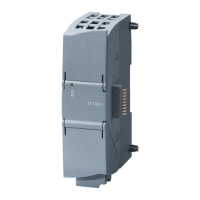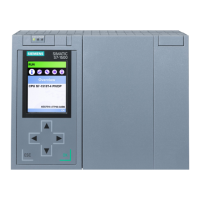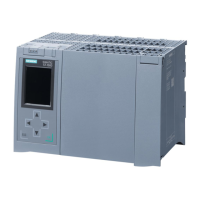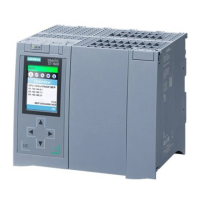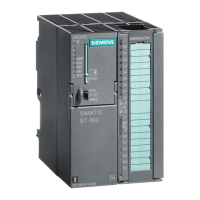PLC concepts
4.1 Execution of the user program
S7-1200 Programmable controller
System Manual, 03/2014, A5E02486680-AG
93
You can configure a time of day interrupt event to occur once on a specified date or time or
cyclically with one of the following cycles:
● Every minute: The interrupt occurs every minute.
● Hourly: The interrupt occurs every hour.
● Daily: The interrupt occurs every day at a specified time (hour and minute).
● Weekly: The interrupt occurs every week at a specified time on a specified day of the
week (for example, every Tuesday at 4:30 in the afternoon).
● Monthly: The interrupt occurs every month at a specified time on a specified day of the
month. The day number must be between 1 and 28, inclusive.
● Every end of month: The interrupt occurs on the last day of every month at a specified
time.
● Yearly: The interrupt occurs every year on the specified date (month and day). You
cannot specify a date of February 29.
Table 4- 9 Start information for a time of day event OB
OB call is caught up because time was set forward
OB call is started a second time because time was set backward
Status OBs execute if a DPV1 or PNIO slave triggers a status interrupt. This might be the
case if a component (module or rack) of a DPV1 or PNIO slave changes its operating mode,
for example from RUN to STOP.
For detailed information on events that trigger a status interrupt, refer to the manufacturer's
documentation for the DPV1 or PNIO slave.
Table 4- 10 Start information for status OB
Update OBs
execute if a DPV1 or PNIO slave triggers an update interrupt.

